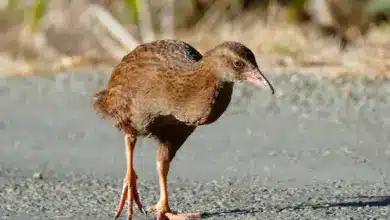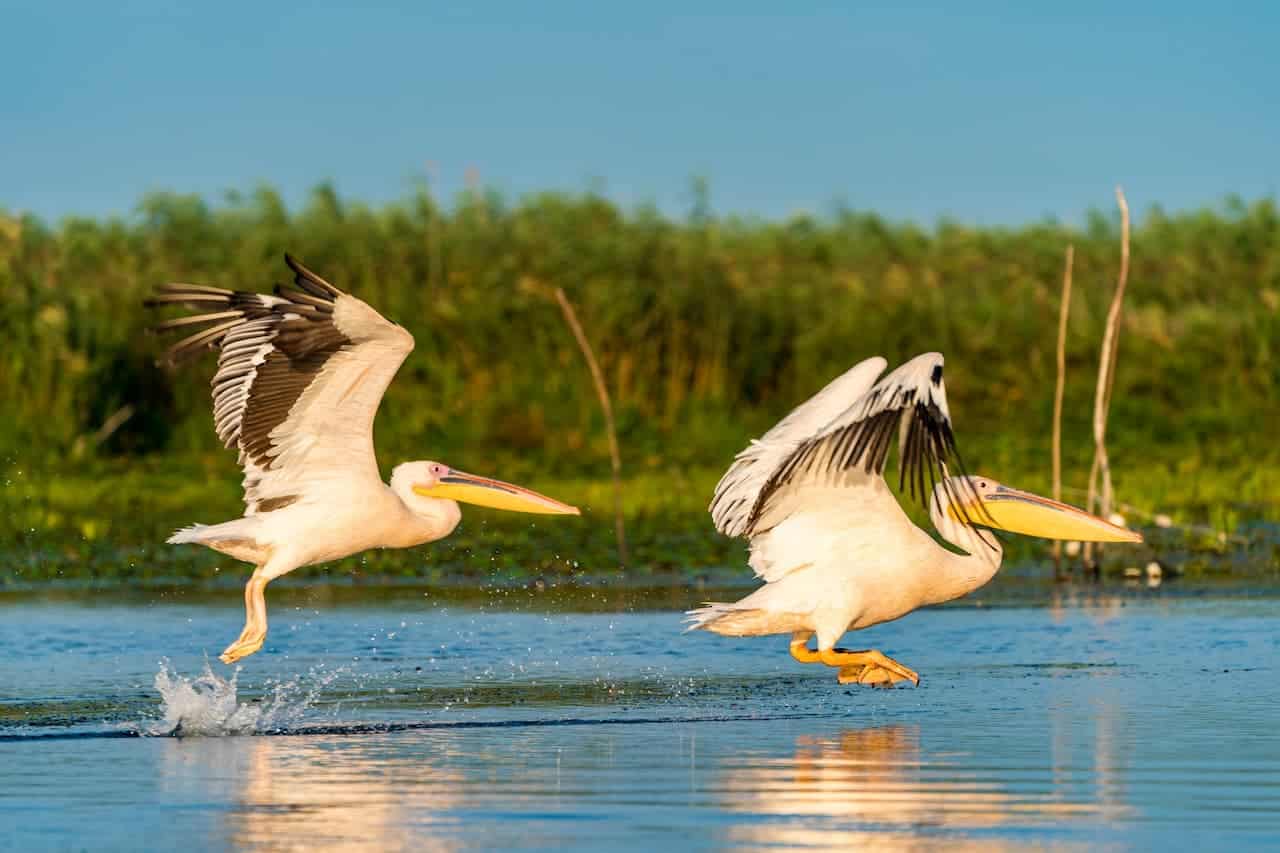Vogelkop Bowerbirds, Amblyornis inornata
The Vogelkop Bowerbird, Amblyornis inornata is a medium-sized, approximately 25cm long bowerbird of the mountains of the Vogelkop Peninsula in Western New Guinea, Indonesia.
Being olive brown all over with no ornamental plumage makes it one of the dullest-looking members of the bowerbird family.
On the other hand, the male Vogelkop Bowerbird is the builder of the largest and most elaborate bower. This most extraordinary structure is a cone-shaped hut-like bower 100cm high, 160cm in diameter, with an entrance usually propped up by two column-like sticks.
A front “lawn” of some square meters of area is cleaned of debris and laid out with moss. On this, and at the entrance of the bower, materials like colorful flowers and/or fruit, shining beetle elytra, dead leaves, and other conspicuous finds are collected and artistically arranged.
Males go to great lengths to ensure their collections are in prime condition, replacing old materials as needed and also try to outdo their neighbors by finding the rarest and most spectacular materials and arranging them in a way that is certainly aesthetically pleasing to humans.
Judging from the behavior of the male birds – experimenting with various decorations in various positions, rearranging them, and combining various colors next to each other – it appears as if they too are guided by some sort of aesthetic judgment. As opposed to some other species of bowerbirds, such as the Satin Bowerbird, there is no fixed preference for items of a certain color, more important being the “novelty value” of the items instead, which can lead to fashion-like trends if males find rare or unusual items; in addition, such rare finds are prime targets for stealing by neighboring males.
Females visit bowers and depending on whether they like the “treasure trove” arranged about it or not, they will mate with the attendant males. The bower, indeed the male, plays no role in nesting and raising the young.
The songs and mimicry skill of this bird is well known among the indigenous. In September 1872, Odoardo Beccari became the first naturalist to see the home grounds of this bowerbird in the Arfak Mountains, Irian Jaya.
Because of its unadorned and plain color plumage, this bowerbird is relatively safe from persecution. A common species within its limited habitat range, the Vogelkop Bowerbird is evaluated as Least Concern on the IUCN Red List of Threatened Species.




